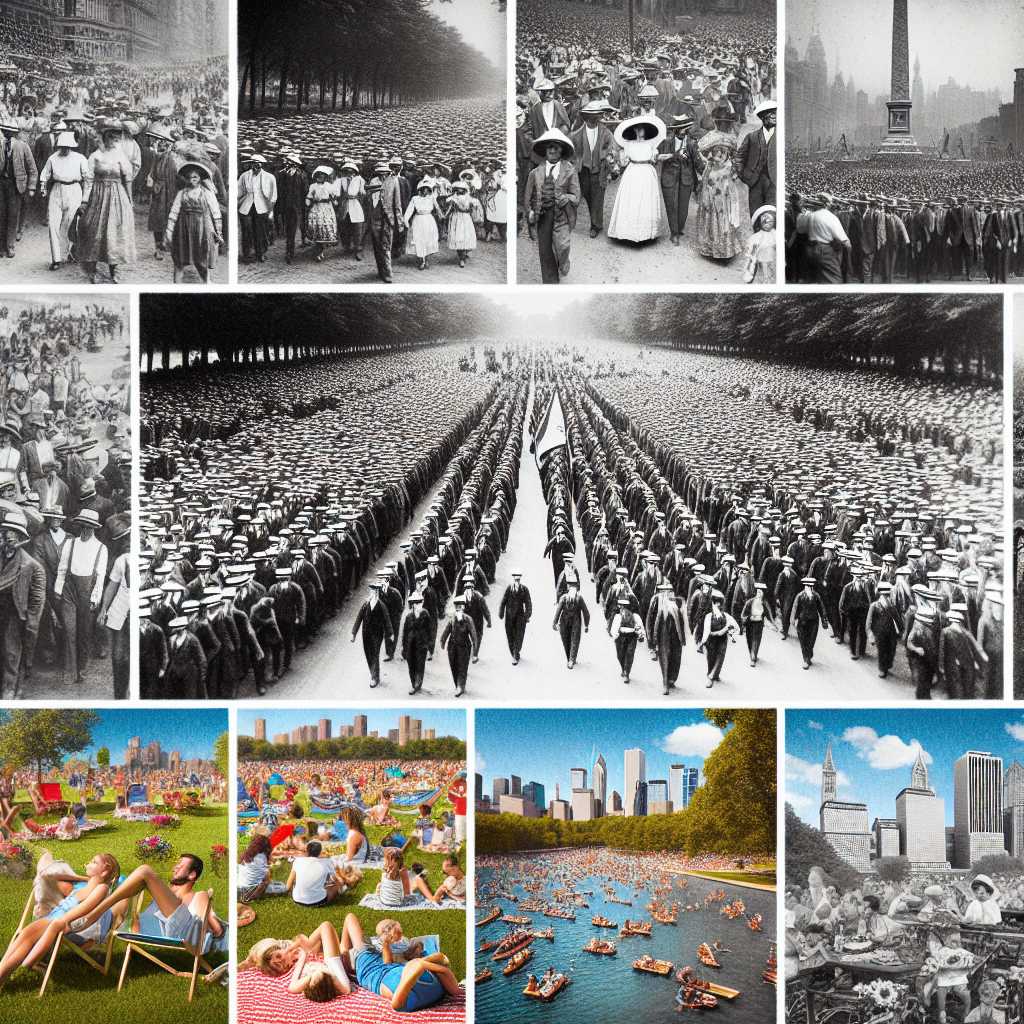Understanding Labor Day: A Comprehensive Overview
Labor Day, celebrated on the first Monday in September in the United States, is a holiday dedicated to honoring and recognizing the American labor movement and the works and contributions of laborers to the development and achievements of the country. Originating in the late 19th century at the height of the Industrial Revolution, Labor Day pays tribute to the resilience and determination of workers who fought for better wages, reasonable hours, and safer working conditions.
The Historical Significance of Labor Day
Labor Day has its roots deeply embedded in the tumultuous industrial landscape of the 19th century. This period was characterized by severe labor conditions, including excessively long workdays, lack of workplace safety, and inadequate pay. The plight and unflagging spirit of workers who organized strikes and rallies sparked a nationwide conversation about labor laws and workers’ rights.
It was on September 5, 1882, in New York City that the first Labor Day parade took place. Stemming from these gatherings and growing awareness, Labor Day was gradually adopted as a holiday by municipalities and states before becoming a federal holiday in 1894.
Celebration and Practices on Labor Day
Traditionally, Labor Day is observed with parades, public gatherings, speeches by important figures and labor leaders, and in some communities, festivals or fireworks. While initially it focused on labor union activity and its victories, over time it has broadened to become a more general celebration of social and economic achievements of all workers.
Nowadays, many view it as a day of rest and a chance to spend time with family and friends, often marking the unofficial end of summer. This transition into a more generalized holiday can be seen in how people across America celebrate with barbecues, picnics, and outdoor activities.
Labor Day’s Impact on Workforce Legislation
One cannot look at Labor Day without considering its impact on worker protections and labor laws over time. Labor Day has remained as much about reflection on the struggles faced by workers as it is a celebration. It has been instrumental in shedding light on important worker-related issues that have led to reforms.
Key pieces of legislation, such as the Fair Labor Standards Act (established minimum wage, outlawed child labor, and mandated overtime pay), were influenced by the labor movements that are recognized on this day.
Global Reflection: International Worker’s Days
Internationally, many countries recognize a similar day known generally as May Day or International Workers’ Day on May 1st each year. While not celebrated at the same time or necessarily in the same way as the North American Labor Day, these global observances share in common their dedication to applaud the economic and social achievements of workers.
Labor Day In Modern Society: Continuation or Change?
Despite its long history, Labor Day’s relevance sometimes comes into question with respect to current challenges facing today’s workforce. Issues such as the gig economy, remote work challenges, income inequality, automation, and globalization continue to reshape the employment landscape.
The purpose of Labor Day might adjust or evolve alongside these changes; however, it endures as an opportunity to promote discussion about these modern challenges and celebrate advances made thus far.

